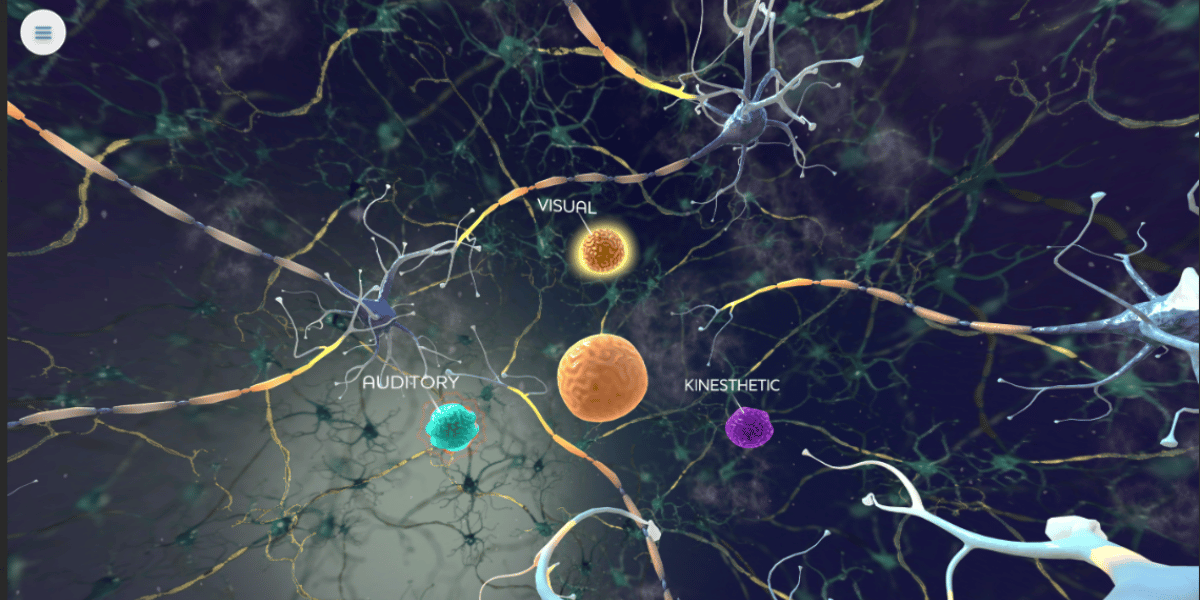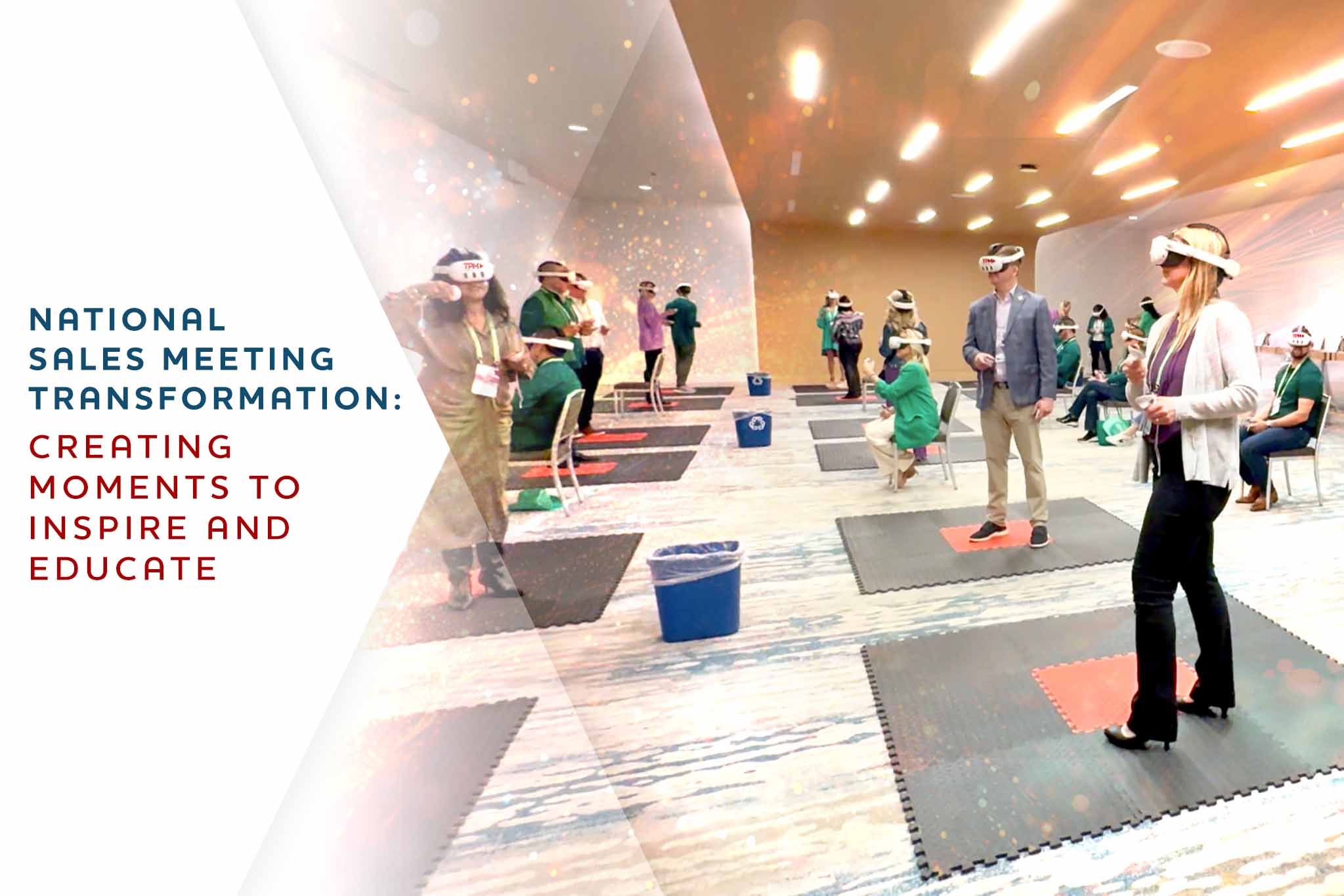Virtual simulation is changing how healthcare professionals prepare for real situations. The simulation reproduces events before they happen. Hence, it’s used to provide patients with customized and immersive treatments, mainly when testing in the real world would be too risky or costly.
But what exactly is a virtual simulation, and how is it used in healthcare? Here’s everything you need to know about virtual simulation in healthcare.
What is Virtual Simulation in Healthcare?
Virtual simulation trains healthcare professionals in technical, cognitive, and behavioral skills without putting patients at risk. It helps reduce patient risks and makes the work of healthcare workers more effective. For instance, virtual simulation for surgery allows surgeons to practice their skills on life-like models before operating on actual patients.
Virtual simulation plays a significant role in medicine. For starters, it:
- Enhances healthcare staff confidence in their skills
- Minimizes mistakes that occur during surgery
- Provides an immersive learning experience
- Shields patients from unnecessary risks
- Improves communication among team members.
It also helps visualize small structures that would be hard to access with hands-on gadgets. It’s a reliable tool for teaching neuroanatomy since it allows students to view huge 2D images quickly while interacting with 3D models.
Types of Healthcare Simulations
There are different types of healthcare simulations. These can use replicas of emergency or healthcare environments, virtual learning atmospheres, or manikins to help students and healthcare workers learn and practice valuable skills.
Here are some common types of healthcare simulations.
Simulated Medications
Simulated medications involve the real packaging of oral vials, medications, and patches. They are used to practice administration and dosing techniques. These skills will help minimize medication errors when working with real patients.
EMS Simulator
An EMS simulator depicts an emergency environment or situation. For instance, an ambulance simulator can help students learn how to load and unload a stretcher and work in an actual ambulance.
Simulation Recording Systems
This is a special kind of simulation used to debrief healthcare professionals once a simulation is concluded. Students can also use simulation recording systems if they don’t participate in a simulation but want to gain knowledge through observation.
Manikin Simulators
Manikin simulators are life-size patient models that have a pulse, often breathe, and exhibit realistic vital signs. They are usually programmed to emulate medical conditions and emergencies to help healthcare students practice procedures. Most manikin simulators talk, and computer-based patients can respond to medications.
Part-Task Simulators
Part-task simulators are designed for practicing a specific technical skill. For instance, students can use them to practice endotracheal intubation and pelvic exams.
Advantages of Virtual Simulation in Healthcare
Virtual simulation in healthcare comes with several advantages.
- Students and learners can build confidence in their skills
- They practice in a safe environment before working with real patients
- It increases standardization and minimizes training variability
- It’s easy to customize
- It provides immediate feedback
Virtual simulation allows students to improvise under challenging scenarios, improve their diagnostic competencies, and enhance their clinical judgment skills. Continuous encounters with virtual patients will lead to more experience in medical practice.
How is Virtual Simulation Used in Healthcare
Virtual simulation has many uses in healthcare. It’s used when:
Training Surgeons
Simulation technology is used in laparoscopic surgery to help trainee surgeons perfect their procedural skills, such as removing gallbladders. Practicing in a controllable, safe environment greatly benefits healthcare professionals who want to rehearse and enhance their skills before dealing with real people.
Training Frontline Healthcare Workers
Another facet of virtual simulation is learning how to communicate effectively when training frontline healthcare workers. This includes managing patients who are not pleasant or cooperative.
Treatment of Mental Disorders and Fear
Virtual simulation is also used to help patients manage mental disorders. This technology focuses on virtual reality to target symptoms of mental disorders. For instance, it is designed to help patients manage anxiety and fear from social interactions.
Social avoidance is widespread in several disorders like panic disorder or depression, and virtual simulation helps patients overcome these conditions by promoting social interactions in a controlled and safe environment.
One of the most recent developments in virtual simulation is the creation of virtual reality games controlled by brainwaves that help patients with severe physical disabilities. This tech helps them to influence and interact with their game using changes in the brainwaves.
Healthcare professionals can also use these simulations as therapy for those with communication problems, such as autism, dementia, or other communication disorders like autism spectrum disorder (ASD). Virtual simulation allows patients to experience a similar environment they would in real life but reduced to a smaller scale without being overwhelmed.
Potential Risks Associated with Virtual Simulation in Healthcare
Although virtual realization has several benefits in the healthcare sector, it comes with some demerits.
Fear of Failure among Patients
Patients should build their trust and confidence in their therapists to feel comfortable about the treatment and avoid discouragement from any failures or setbacks. For instance, patients who are too self-conscious about their progress may give up on the treatment or become discouraged altogether.
Accidents
Sometimes, patients can indulge in physical activities using virtual simulations, which is quite dangerous in real life. It’s important for healthcare professionals looking after these patients to remain involved and monitor how much time they spend time in virtual spaces.
Few Studies
Although some tests give positive results, there is no sufficient research on the effects of VR games controlled by brainwaves on people with communication disorders.
Virtual simulation has many benefits for those with communication disorders, but detailed research and consideration should be done before implementing it as a therapy tool.
Healthcare professionals should also stick to the best practices when dealing with patients, especially those with communication disorders. With the proper support and guidance from healthcare professionals, virtual simulation can lead to massive successes in patient care and eventually enhance people’s lives.
Final Thoughts
Virtual simulation technology is slowly being adopted in the healthcare sector for different applications. These applications may include diagnostics, treatment, training, and education. However, healthcare professionals should not ignore the potential risks of virtual simulation before adopting it fully in the organization.
At Tipping Point Media, we partner with healthcare professionals to strategize, collect data, and design features that will help fill learning gaps and accomplish goals. If you’re interested in seeing how virtual simulation can work for you, reach out to us to schedule a quick free demo.



